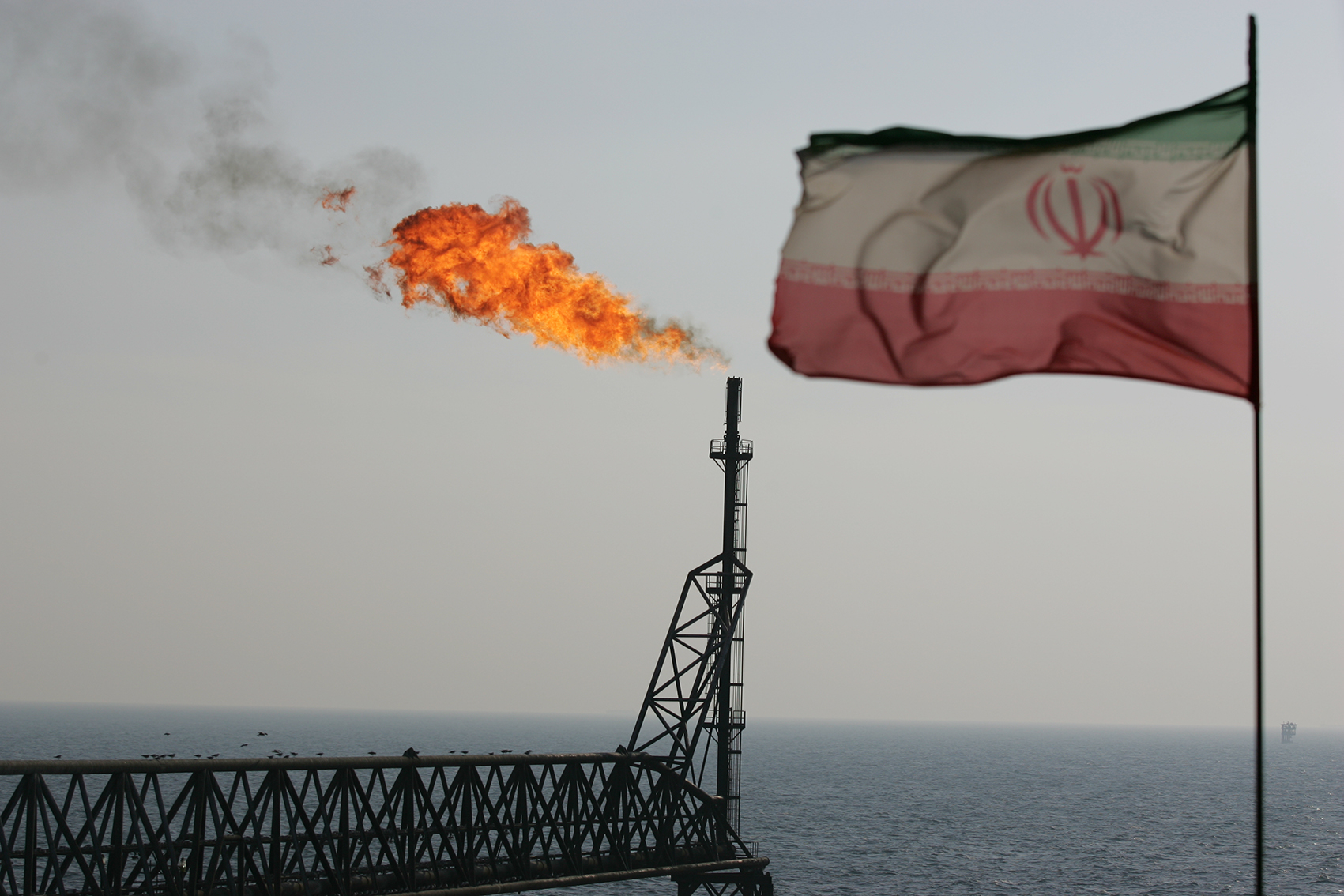Iran sees the potential to raise its crude oil production capacity by more than 50% in the long run, while plans are in place to ramp up output to 4.5 million barrels per day in four years.
Habibollah Bitaraf, Iran's deputy oil minister for research and technology, said the country should be pumping 4.5 million barrels a day by 2021, or 15% above its production of around 3.8 million bpd now, IRNA reported.
As part of its Sixth Five-Year Economic Development Plan (2017-22), "oil output is expected to reach 4.5 million barrels per day," Bitaraf told reporters on the sidelines of an oil and gas exhibition in Ahvaz, Khuzestan Province.
That is around the current production level of Iraq, the second-largest producer of the Organization of Petroleum Exporting Countries, ahead of Iran.
He pointed to potentials to ramp up crude production capacity to 6 million barrels per day, but stressed that it depends on foreign investments.
"Iran needs to invest $134 billion in the upstream [exploration and production] sector and $67 billion in downstream projects," said Bitaraf, who fell short of votes from lawmakers in August to become the next energy minister.
But the country, which is part of an agreement between OPEC and some non-OPEC countries to cut global supplies to boost prices, could face an uphill task to meet its target if it chooses to remain in the deal.
Iran has agreed to produce no more than 3.8 million bpd on average under the output cut accord that will expire by the end of March 2018. Russia and Saudi Arabia, the world's top oil producers and exporters, have backed the idea of extending the deal through the end of next year.
Bitaraf hoped that by the end of the present fiscal year in March, Iran will finalize 10 oil and gas deals with multinational companies within the framework of its new petroleum contracts, dubbed as IPC, and sign many more in the next few years.
"Around 18 [oil] deals, most of which are in Khuzestan, are scheduled to be signed in a year and completed in three years," he said without providing details.
New investments in Iran's energy market could also be thwarted by a possible US congress decision to reimpose sanctions against Tehran after US President Donald Trump decertified Iran's compliance with the 2015 nuclear accord.
Iran Gas Production
Plans are also in place to push natural gas production to new levels, as the country hopes to leverage its massive hydrocarbons that make up around 18% of oil and 10% of natural gas reserves in the world.
"Gas production is planned to reach 1.1 billion cubic meters per day" in four years, the official said, underlining Iran's potential to raise gas output by 400 million cubic meters a day.
Iran is producing over 800 mcm/d of natural gas, nearly two-thirds of which come from the giant South Pars field in the Persian Gulf, where French energy firm Total has signed a $5 billion deal to help increase gas production by 56 mcm/d.


